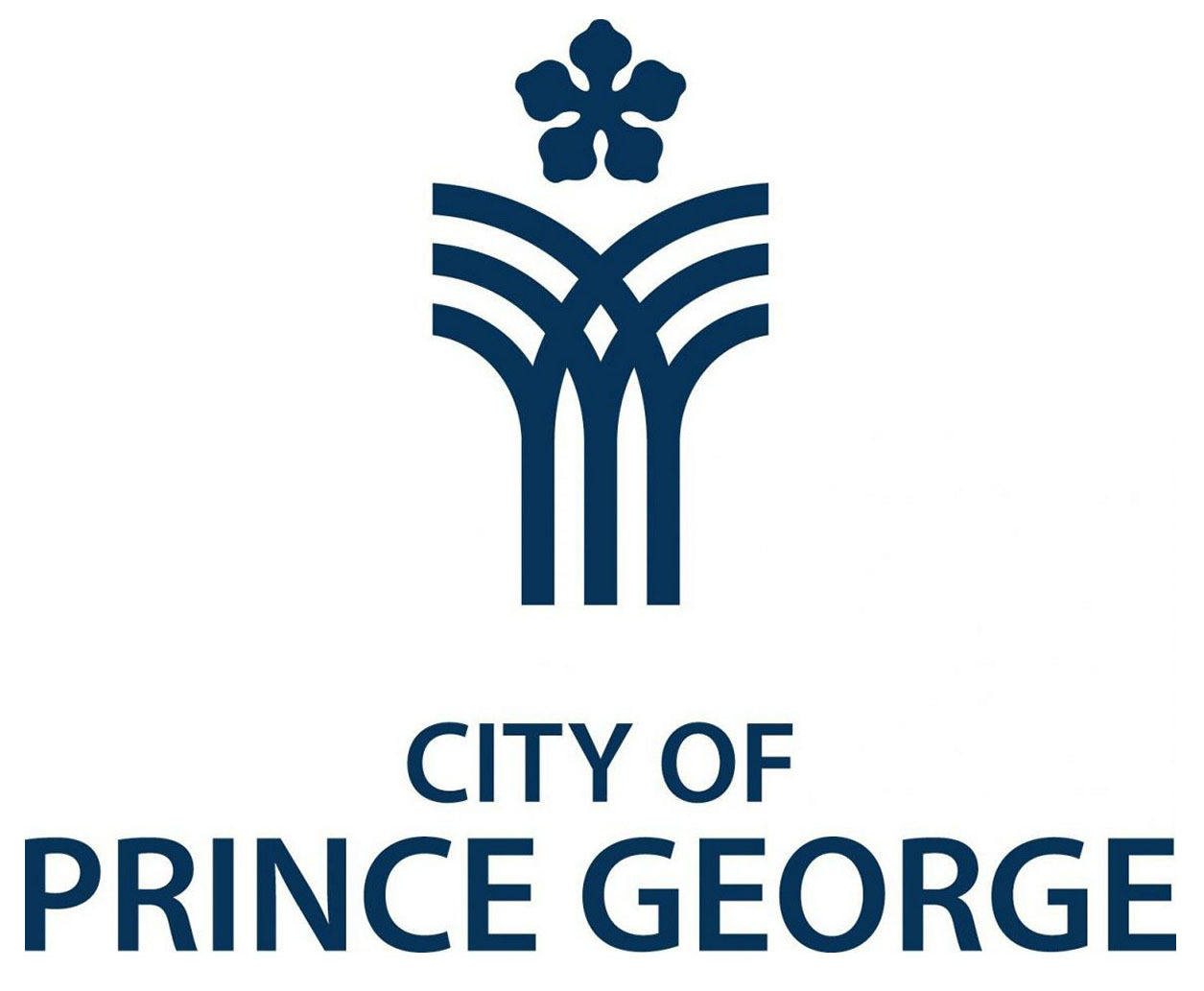Cottonwood Island Park was named for the many mature cottonwood trees within the park boundaries.
The park lies at the confluence of the Fraser and Nechako Rivers in the traditional territory of the Lheidli T'enneh First Nation. From time immemorial, the "people where the rivers meet" periodically occupied the floodplain at the confluence. The park was established by the City of Prince George to give visitors access to the river environment within the boundaries of the city.
The park was developed from 1983 to 1984 with funds from the Federal Government and the City of Prince George. Cottonwood Island is one of several parks to be connected by the Heritage River Trail system. The park consists of over 33 hectares (83 acres) of land acquired through a land exchange in 1979 between the City of Prince George, Lakeland Mills (1973) Ltd., and the Canadian National Railway.
The development of the park included the building of an extensive trail system, the placement of foot bridges and observation decks, as well as the construction of a boat launch. In the winter of 2007/2008 an ice jam formed on the Nechako River devastating parts of the river bank, cutting away part of the trail system, destroying pedestrian bridges and observation decks. Some of this infrastructure was rebuilt, trails were realigned and the park continues to be a beautiful retreat for the community. It truly provides a unique setting within the city to view both fish and wildlife.
transcribed from sign
Cottonwood Island Park is named, of course, for its Cottonwood (Landooz*) trees, fine examples of the Black Cottonwood are abundant here. The tree itself is named for the white hairs on mature seeds, which float through the air like wisps of cotton in early summer. Riversides are favoured locations for Cottonwood (Landooz*), as damp soil is essential for germination, and seedlings are readily transported by water.
The Black Cottonwood, also known as Western Balsam Poplar or California Poplar, is native to western North America. It grows to a height of 50 m, with a trunk diameter of over two m, making it the largest poplar species in the Americas. While it is usually short lived, some trees may live for up to 400 years.
First Nations in the Pacific Northwest used the tree for medicinal or practical purposes. It was often used in salves to treat wounds and a number of ailments, including rheumatism. The wood, roots and bark were used for firewood, canoe making, rope, fish traps, baskets and structures. The sap was used as glue or as waterproofing.
The deeply fissured bark on old trees can become hard enough to cause sparks when cut with a chainsaw, but its toughness can also allow some carved sculptures, some examples of which can be seen in this park.
Beaver (Tsa*), unfortunately for this park, are fond of cottonwood, which is why a number of the mature trees in the park have to be protected with wire netting.
transcribed from sign
Replica Bridge
This footbridge Is a replica of the Cameron Street Bridge that spanned the Nechako River from 1931 until 2005 just upstream from this location. A piece of the original bridge on display at the Railway and Forestry Museum.
In 1911, the provincial government began operating a ferry service affording an easier crossing over the Nechako River. Funding and resources were provided to build first bridge crossing in 1916 - a year after Prince George came a City.
By 1931, the timber structure was at the end of its life, mainly due to ice jam damage. Construction of a replacement bridge, built from timbers in the Howe truss design, began in June and continued over the next six months.
Nearing completion of construction, the truss over the last span collapsed and fell into the river seriously injuring five men. Replacing crew and materials took three weeks, delaying the bridge opening. This bridge provided a Nechako River crossing for 74 years.
Deemed unsafe in 2005 for carrying the weight of cars and trucks the bridge was closed. At peak times, as many as 750 vehicles crossed within an hour. It became accessible only to pedestrians and those using bicycles for the next few years until construction for the concrete replacement bridge. The official opening ceremony for the current bridge was held August 24, 2009.
transcribed from sign
HERITAGE RIVER TRAILS
THE CITY OF PRINCE GEORGE DEDICATES
THIS PLAQUE IN RECOGNIT:ON OF
THE SIGNIFICANT ROLE THE
NECHAKO ROTARY CLUB
OF PRINCE GEORGE HAS PLAYED IN THE
DEVELOPMENT OF THE HERITAGE RIVER TRAILS
AND PARK SYSTEM. THE MEMBERS
OF THE CLUB HAVE PROVIDED
FINANCIAL SUPPORT
AND TIME TO MAKE THE RIVER
TRAIL SYSTEM MORE ACCESSIBLE FOR ALL
CITIZENS OF OUR COMMUNITY.
RIVERS DAY
SEPTEMBER 28, 1997
transcribed from plaque
 Prince George
Prince George
The City of Prince George began as a fur trading post founded in 1807 by Simon Fraser on traditional Lheidli T'enneh territory. Agricultural settlements were established around the trading post, then named Fort George, in the early 1900s when the Grand Trunk Pacific Railway (later CN Rail) entered the region.
Prince George is the largest city in northern British Columbia, with a population of approximately 82,290 residents. Prince George is on the Fraser and Nechako rivers making the area a must see for travelers and sport enthusiasts across Canada. There are over 100 parks and 100 kms of trails.
Price George has a lot to offer and if you have the time I would recommend at least two days to enjoy all that it has to offer such as: Lheidli T'enneh Memorial Park, Prince George Railway Museum, Huble Homestead Historic Site and Mr. PG who greets you as you enter town.